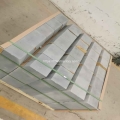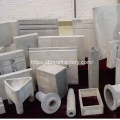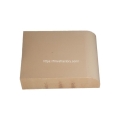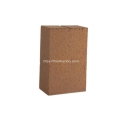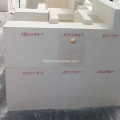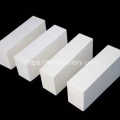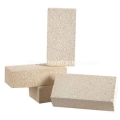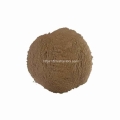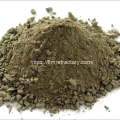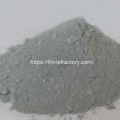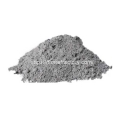- Performance. Innovation. Worldwide. Your trustworthy Refractories Manufacturing Partner--Fireramo
- +86 175 3769 7777
Contact
Contact us on WhatsApp
High Quality Refractory Bricks
Insulation Bricks for Sale
Monolithic Refractory
Difference between ceramic fiber board and nano insulation board
In the modern construction and industrial fields, the application of thermal insulation materials is more and more extensive, of which ceramic fiber board and nano thermal insulation board are two common thermal insulation materials. They are different in terms of material properties, use effects, application scenarios and so on. This article will be a detailed comparison and analysis of the difference between ceramic fiber board and nano insulation board.

Ceramic fiber board is a new type of refractory thermal insulation material. It is made of ceramic fiber cotton by aggregation injection process, produced through continuous production and advanced technology production line. Ceramic fiber board has the characteristics of low thermal conductivity, good high temperature stability, uniform density, good thermal shock resistance and chemical erosion resistance.
Ceramic fiber board also has excellent stiffness and modulus of rupture, high strength and good self-support. At the same time, ceramic fiber board is relatively light weight, easy to cut and mechanical cutting.
Nano-ceramic board, full name ceramic fiber insulation board, is a new type of heat-insulating material. Its thermal insulation performance is 4 times that of traditional ceramic fiber board. It is free of asbestos and ceramic fibers, and has no toxic side effects on human body and environment. It is selected from aerogel insulation material with excellent performance and heat shielding function, combined with binder and various inorganic elements, using high temperature resistant ceramic fiber as reinforcing material, and prepared through a special process. It is characterized by excellent heat insulation, high fire resistance, low thermal conductivity, easy construction and high cost performance.
The difference between ceramic fiber board and nano insulation board
Different thermal conductivity
The thermal conductivity of nano thermal insulation board is significantly higher than that of ceramic fiber board. The thermal conductivity of nano insulation board can reach about three times of ordinary ceramic fiber board.
Different temperature resistance level
The temperature resistance of nano insulation board is better, and its temperature resistance can reach about 1050℃, while the temperature resistance of ceramic fiber board can reach about 1400℃.
Different application scope
As long as there are flames or temperatures, you can use ceramic fiber board. Ceramic fiber board has heat insulation and fire resistance. When the temperature exceeds 1000°C, ceramic fiber board has good performance. Ceramic fiber boards are mainly used in high-tech, precision and cutting-edge technology areas, as well as in areas with strict requirements for thermal conductivity. It can be used anywhere there is flame or temperature. However, this traditional product still has certain defects, such as low strength and limited application in high temperature, high pressure and pressurized kilns.
The application of nano insulation board is becoming more and more popular, such as petrochemical heating furnace, steelmaking and metallurgy heating furnace, building materials heating furnace, aluminum smelting furnace, etc., insulation layer of steel ladle and ladle of steel, heating plate of electric ceramic furnace, and insulation layer of household appliances.
In addition, there are nano-microporous vacuum insulation panels for building insulation, insulation panels for refrigeration equipment, nano-microporous insulation materials for ships, and insulation layers for electronic products. The application effect of nano-microporous insulation board is very outstanding. When the temperature is lower than 1000°C, the insulation performance of nano insulation board is good.
Nano thermal insulation board is prepared through the introduction of nanotechnology and special process, which has the characteristics of high strength, low thermal conductivity, good thermal insulation performance, energy saving and consumption reduction, etc. It greatly improves the performance of the product and improves the safety of the use of the kiln. And the good performance of the product can be played out under high temperature and high pressure conditions.
Specializing in refractory materials for over 20 years, we provide professional refractory solutions for the global high temperature industry.
Related Posts:
- Causes and solutions to cracking of castables after baking
- Enhancing the Medium Temperature Strength of Refractory Castables
- Ways to ensure the accuracy of refractory brick acceptance results
- Acceptance inspection after cement kiln construction
- Three Common Ways of Damage to the Sliding Nozzle for Ladles
Theme By Fireramo
